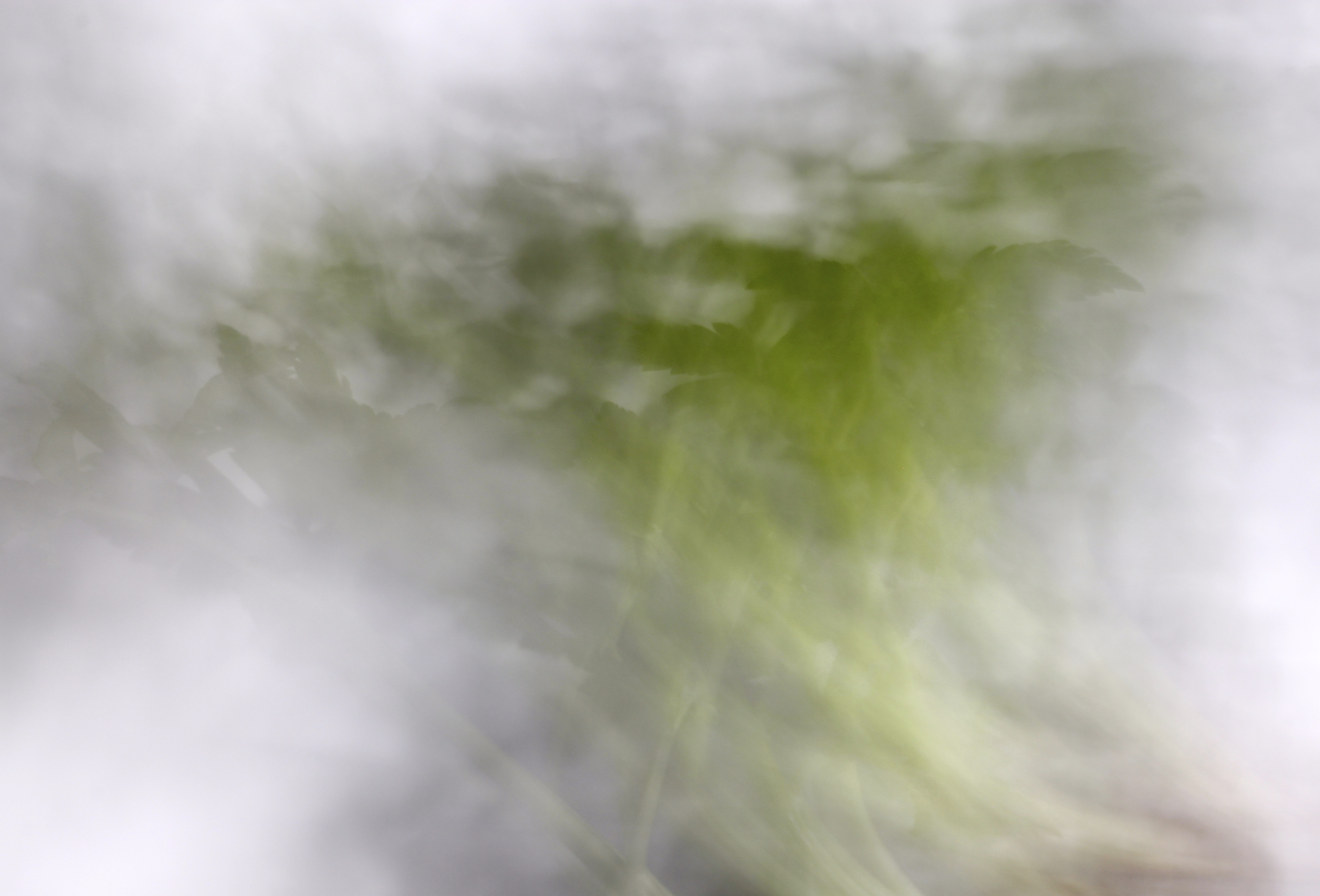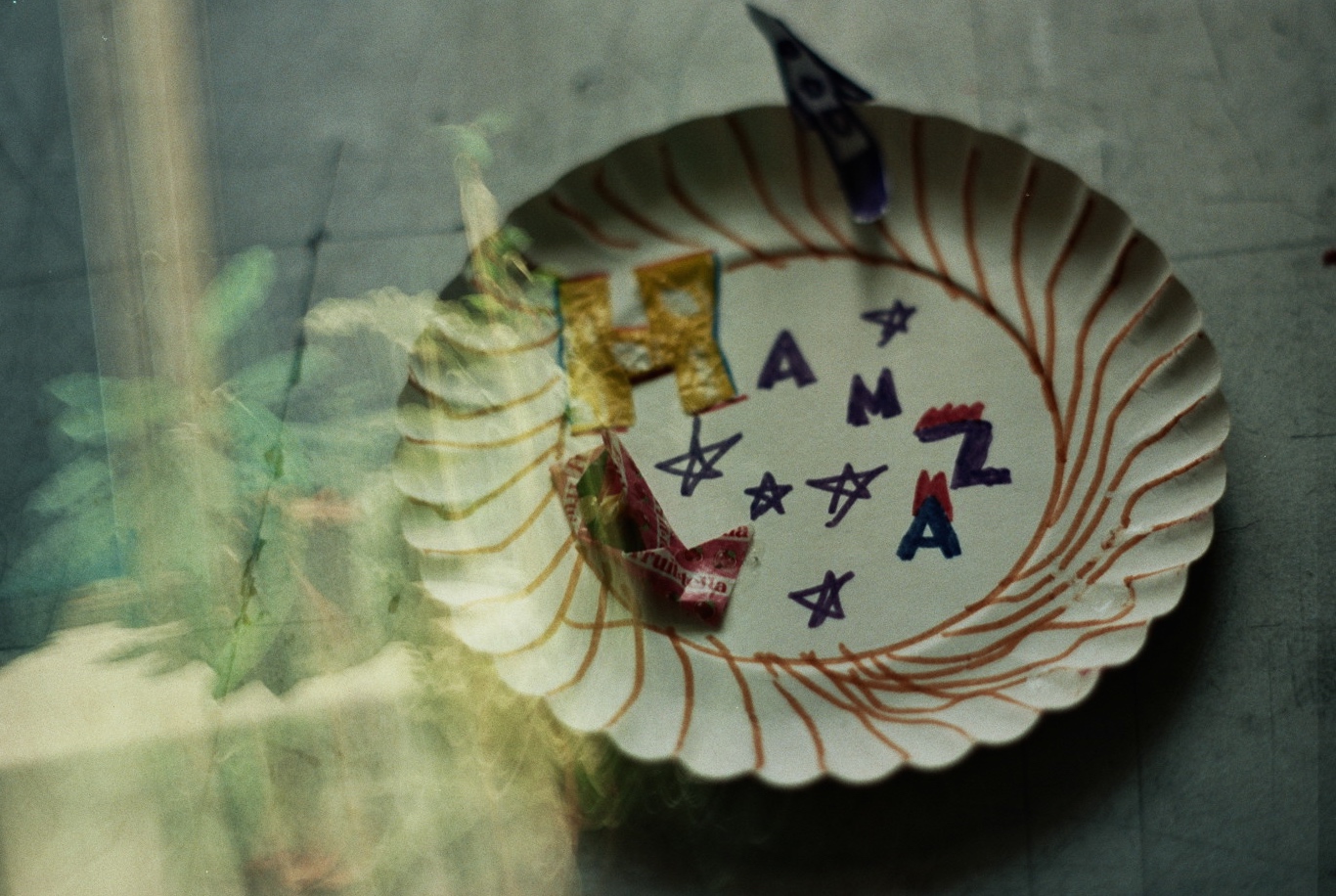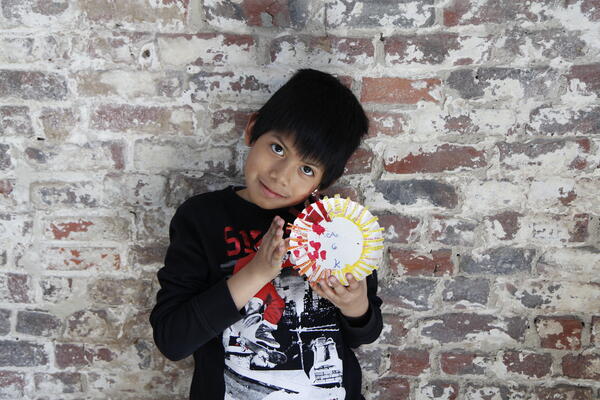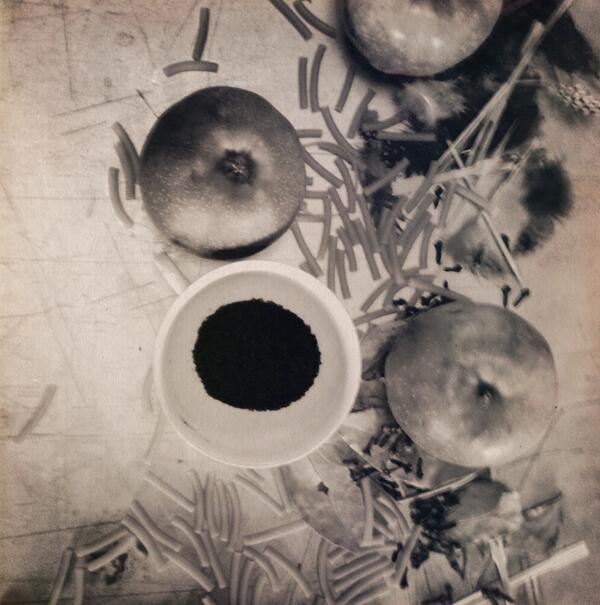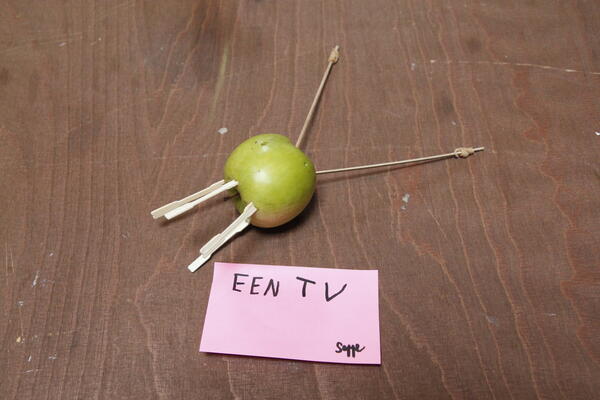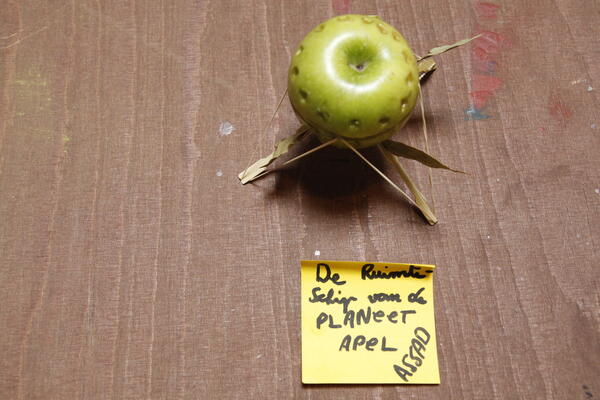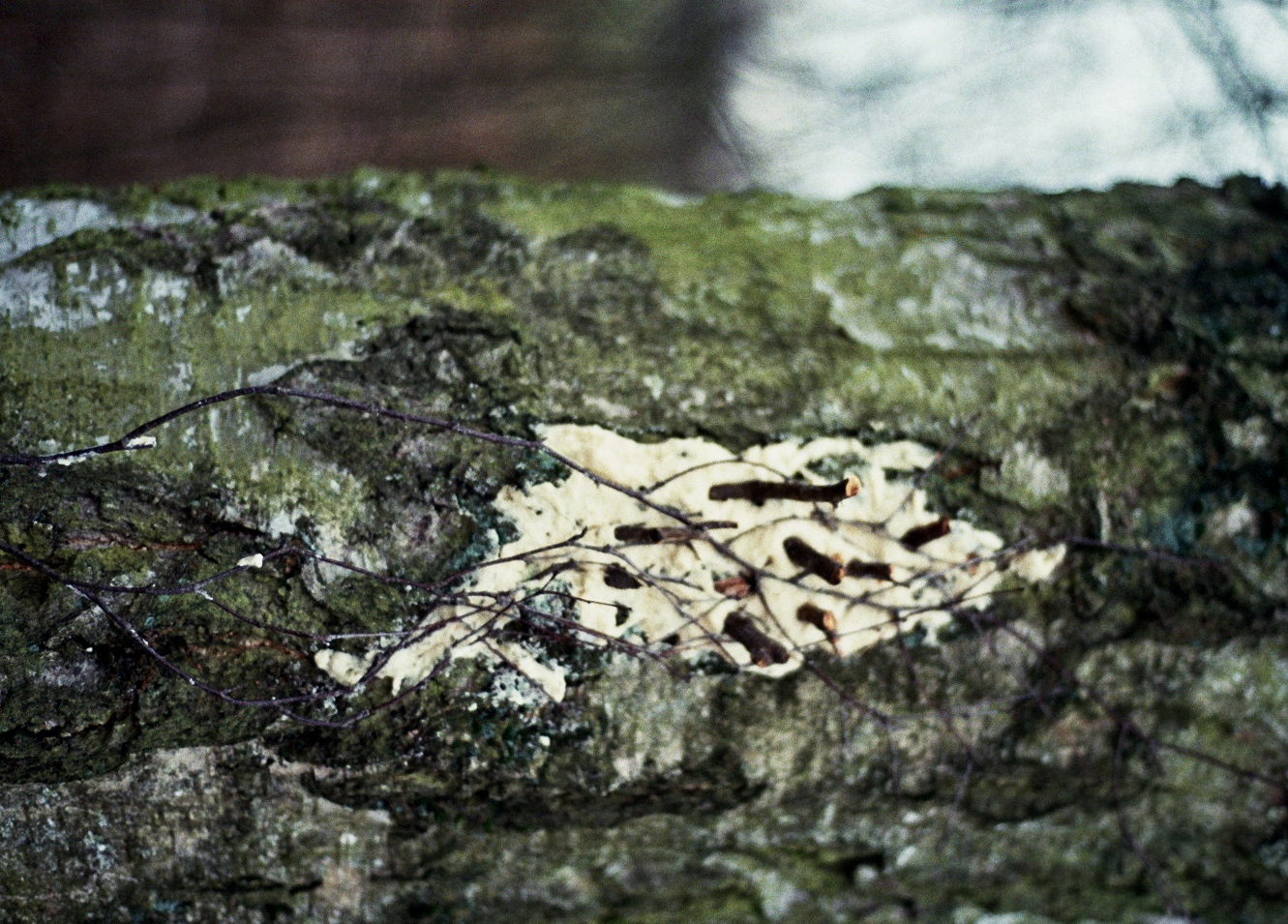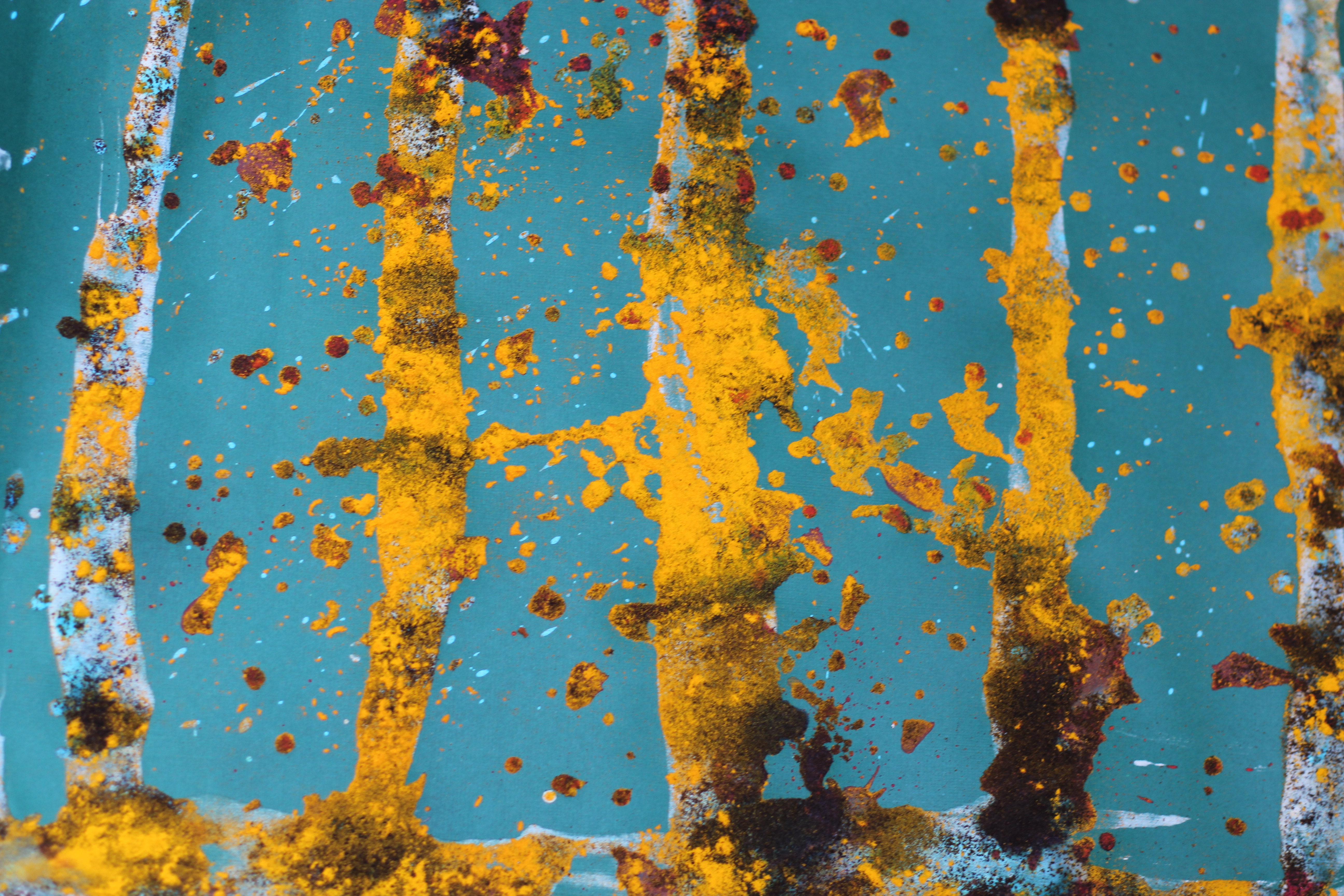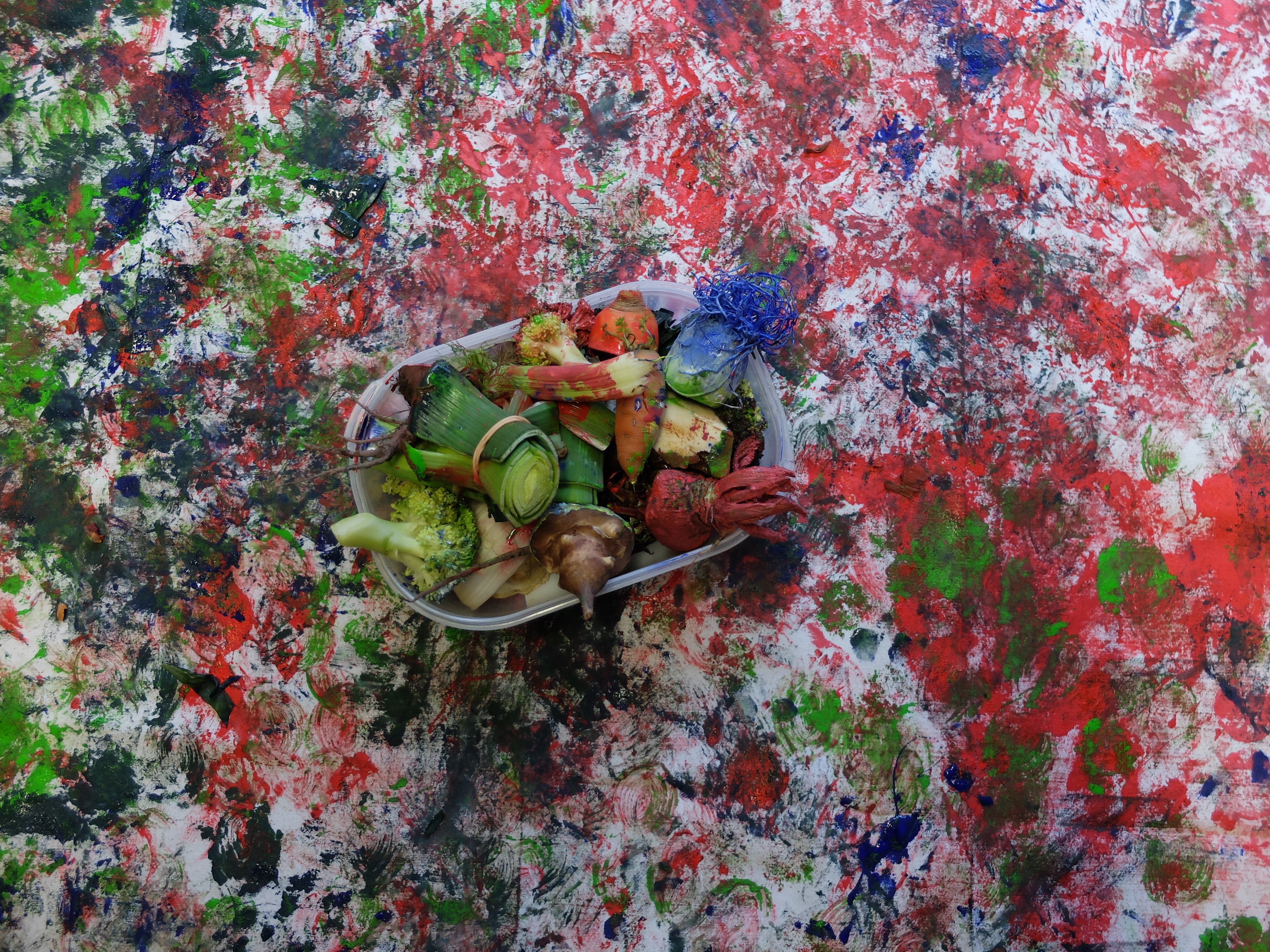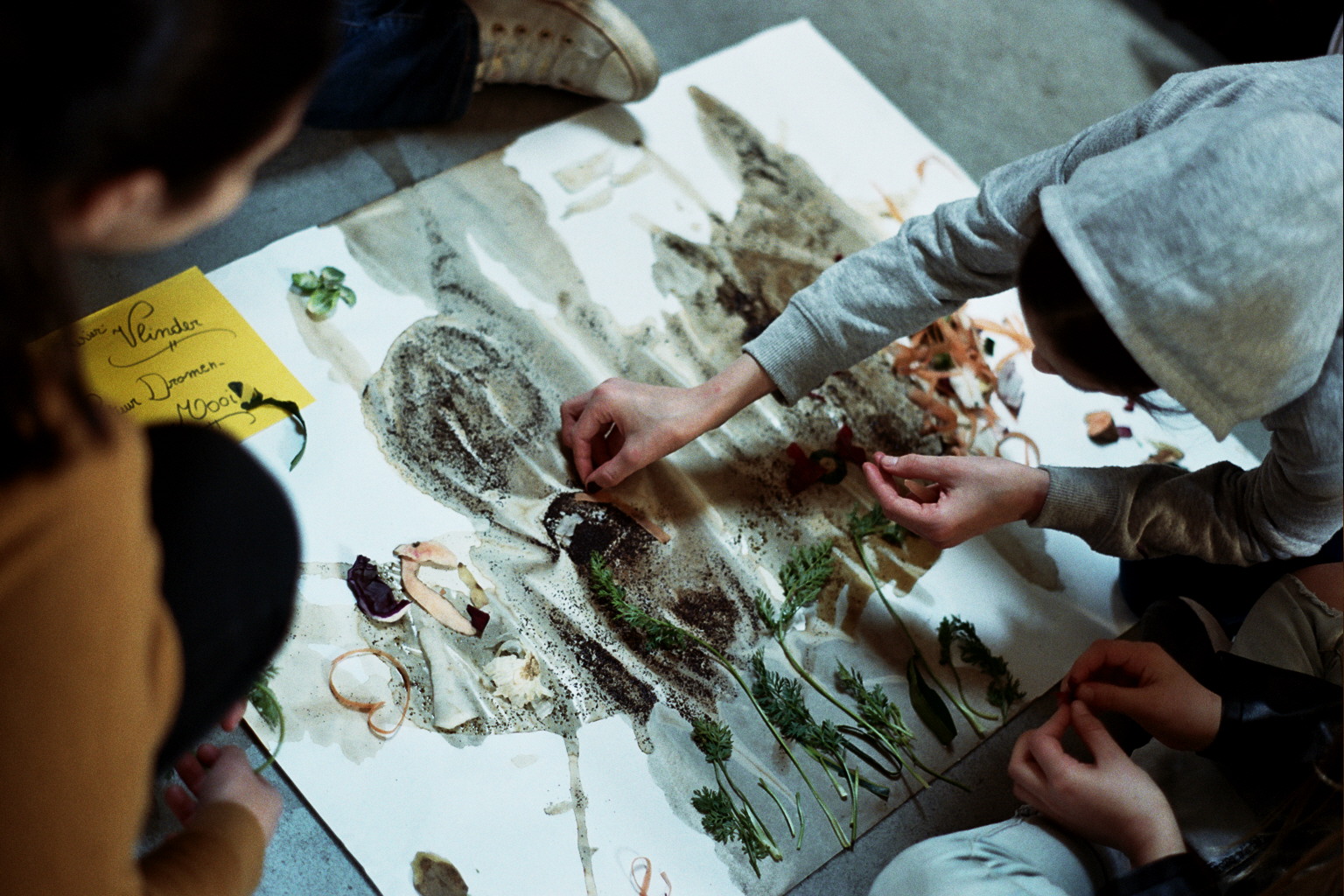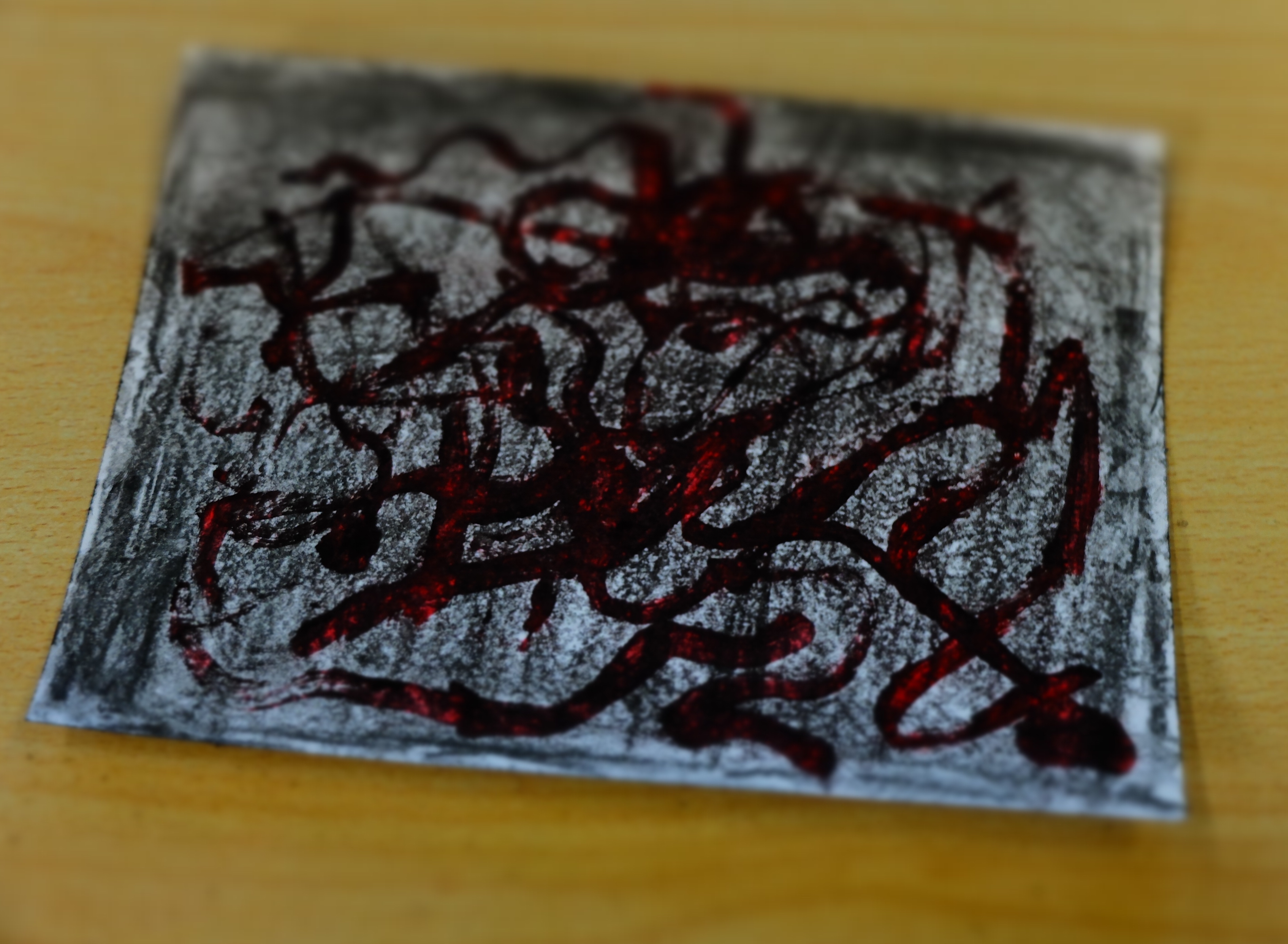This is an old revision of the document!
Art In The Kitchen
Sinds 2011 FoAM Brussels in collaboration with and supported by MUS-E Belgium started a long term project under the theme of Art in the Kitchen (Kunst in de Keuken). Art in the Kitchen is an Art-in-School programme, where professional artists work around the topic of cooking, kitchen and food in connection to art and science. The habits of eating, the culture of food, the similarities and differences depending on cultural backgrounds are in the centre of attention. The kitchen and kitchen related objects and ingredients becomes a starting point for children to operate in a creative way, get to know each other and work together towards a delicious result. The multiple ways of collaboratig, looking and listening at each others works opens different ways to perceive surroundings trough critical thinking yet affectionate and playful process.
The aim of the workshops is to raise awareness about food culture, taste the unexpected, look beyond the understandable and play with what you can find in the kitchen, fridge or vegetable lot of your garden. Combining various artistic practices it’s an involving way to explore creative possibilities, challenge your self and create eye satisfying works. Using food as an inspiration these workshops are a great way to discover new experiences.
At the moment Art in the Kitchen trajectory counts its seventh edition and it is led by FoAM artist Rasa Alksnyte.
On this page you will find a collection of activities, methods and examples of the various workshops of Art in the Kitchen.
Get to know each other
As an outsider coming into the classroom mostly in the middle of the school year i find important to have a number of methods and exercises to “break the ice” and get to know the kids.
I have a photographic memory therefor it is important to me to see the names written somewhere. As a task i ask children to make a drawing or a collage of their favourite food on a piece of paper or paper plate using left overs from the candy wrappings. When they are done i photograph each of them in the way i could see the face and artwork with written name on it. Later at home i can go trough the pictures and memorise names by heart. At the end of trajectory i give these portraits to the kids. It is a great way to initiate a reflection about the whole process and activities done.
Another way to get to know each other is to encourage children to associate them selfs with an object, animal or weather description. We sit in the circle and each of us has to introduce our selfs by saying name, talents and as what animal, veg or fruit you feel like today.
I try to ask these questions at the beginning of each session every time introducing a new task. Such as “as what favourite dish you feel like today and what noice would it make if it would be alive” or “can you rime your feelings with something related to food? (ik ben blij als een spiegel ei). This exercise takes only a few minutes but it give me a sufficient information about the energy and general mood of every child.
What is this?
https://fo.am/blog/2015/02/27/i-see-i-see-what-you-dont-see/
Photography
Cooking film
Double exposure
Filters from wrapping paper
Colages
https://fo.am/blog/2014/03/12/kunst-de-keuken-2014/
Dough
https://fo.am/blog/2012/02/27/kunst-de-keuken-2/
Spices and herbs
Scraps
Butter
Grain, beans and other dry food
Starch
Voice
Text
Cellebrations
How to be a teacher
-Don't be a teacher. Remember you are standing in front of the class or group only because you want to share something that you might know better. Keep in mind there are children that can be even better in something than you are or know more about something than you do. You can't make someone learn things. You can only invite them to observe and try out. You can hope they get inspired and will continue searching for ways to satisfy their curiosity. Sharing your knowledge rather then teaching is always more rewarding. I always think that i only propose some tasks or framework and let the participants to fill in the content. This way i get surprised by different input and ideas, and develop my methods further.
-Be prepared. Make sure you have all the material and enough of it for every participant. Display needed objects before children enter the class. Hide anything that is not needed to keep the concentration only on the activity. If material to be shared by several participants make sure they know where it is and it is reachable (some children are smaller than others and might feel left behind if they cant reach one or the other thing). If you are trying some new techniek or activity, try i out for your self before hand. This way you will know where the difficulties lyes and estimate better the duration of the activity.
-Explain the task in a simple and precise way. I usually start with some story behind to “paint” the bigger picture about what are we going to investigate. Then explain the task per step. Some activities are more complicated therefor it makes sense to do one stap at the time. Show the steps if needed. (I'm a little reluctant to show how it has to be done. I find a lot more intriguing when children have to find their own way around. However sometimes showing the examples are needed.) Ask someone from the group repeat what the task and steps are. If they can't you will know what els you have to explain.
-Trust the method.And trust the universe. You know the outcome you are looking for and you know how to get there. Even if you need to take detour keep kalm and have trust that at the end everything will be how it should be. If things become confusing and children feel stuck remind your self and them why are you doing this activity and what the bigger “picture/story” behind it is. Also ask what steps kan be skipped or added.
-Embrace the failures.Sometimes even with the activities that you know work well things get out of hands and take a different unexpected turn. Embrace those moments. Because they teach you more than an easy process. Talk to kids about it. Tell them how different this time was, how unexpected results became and how it made you feel or think. (penis story)
-Don't fall asleep on things that you've done over and over again. I am an artist.I like to invent things and be spontaneous. However during the teaching trajectory i have to repeat some of the activities over and over again. It is dangerous to become too comfortable. Therefor i'm always on a look out for the new things to try, new techniques to include and new stories to tell. If you do have to repeat some of the tasks, look at it for a different angle every time. This way it will become richer and still intriguing for you.
-Look at the results together.Talking about what you see is as important as making something.
-Be not afraid of wildness. Sitting still and quiet for children often feels like a punishment. When you invite them to explore and create be aware of the level of excitement in the group. Mostly it is really fun to create! Therefor you can't expect kids to be quiet and passive. It helps to make an agreement at the beginning of the class on how much noice we can all make/tolerate without making losing the respect for each other and disturbing the building. Playing fun but soft music ( this is my personal favourite and works very well in the class https://store.cdbaby.com/cd/thetoyboats )is another great way of creating amiable atmosphere and keeping shouting away.
Interesting links
https://www.accessart.org.uk/handle-with-care/
https://www.ted.com/talks/ken_robinson_changing_education_paradigms
https://ideapod.com/born-creative-geniuses-education-system-dumbs-us-according-nasa-scientists/

